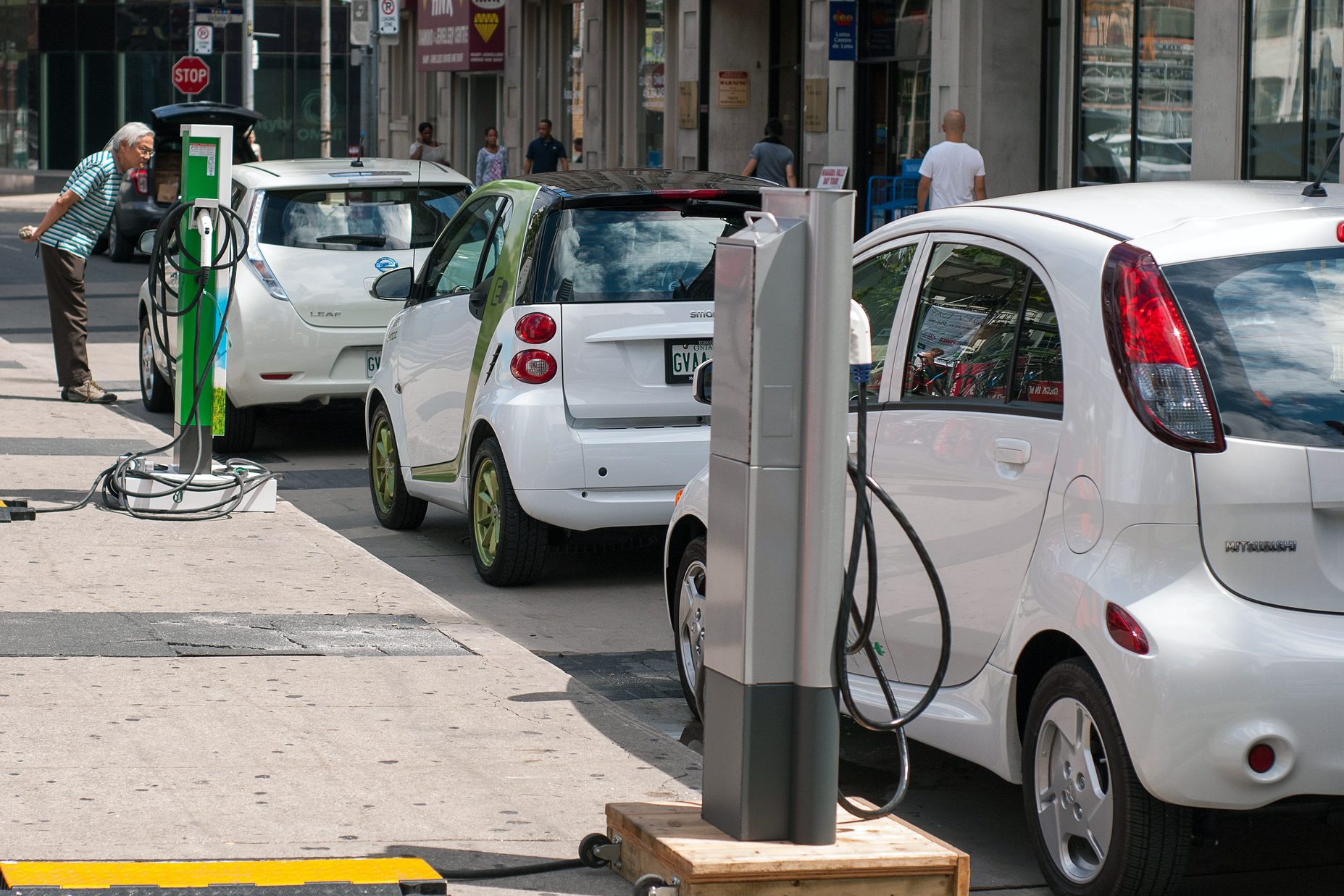President Joe Biden's American Jobs Plan proposal is a $2 trillion infrastructure bill that would cover eight years of spending. A third of the spending would be reserved for transportation with generous slices for public transportation, vehicle electrification, and Amtrak. In an op-ed for The Hill, transit analyst and former Chicagoan Yonah Freemark detailed the expenditures. Of the $621 billion reserved for transportation, $85 billion would go to transit agencies, and $80 billion will be earmarked for intercity rail. Another $174 billion would be set aside for vehicle electrification. The money would help citizens transition to electric cars, and fund 500,000 charging stations, and 50,000 public transportation buses.
While the increase in funding for public transportation and intercity rail is exciting, I can’t help but think the billions being funneled into vehicle electrification could be used more wisely. Vehicle electrification is receiving $9 billion more than transit and intercity rail combined. We could instead be creating financial incentives for building affordable housing near transit in order to decrease the need for driving and reduce vehicle miles travelled. We could be expanding and improving bus service and which is most often relied upon by Black and people of color. Expanding and improving service also moves the needle on racial equity which current Transportation Secretary Pete Buttigieg has been talking a lot about these days.
My worry is that funneling billions into vehicle electrification will continue to prop up our car-centric transportation system and enrich car companies instead of challenging car dominance with investments that reduce the need for cars. The provisions for vehicle electrification also include rebates for electric car purchases. I can’t help but think we could get more people on electric bikes, a more efficient and sustainable form of transportation, via vouchers for purchase with a fraction of the funds. More people on e-bikes instead of e-cars would be a win for addressing climate change, and reducing traffic crashes and congestion. (Legislation introduced in Congress in February would offer Americans a refundable 30-percent tax credit for buying e-bikes.)
The Biden administration acknowledges that more should be done to bring down historically high injury and fatality rates of pedestrians and cyclists by committing $20 billion to “improve road safety for all users, including increases to existing safety programs and a new Safe Streets for All program to fund state and local ‘vision zero’ plans and other improvements to reduce crashes and fatalities, especially for cyclists and pedestrians.”
Considering that many existing pedestrian and cyclist safety programs rely on victim-blaming messaging, I think it would have been more transformative to focus on creating evidence-based programming that leads to injury and fatality reductions for pedestrians, cyclists, and drivers. Of course, I think the best way to reduce fatalities starts with road design, not public education campaigns.
Illinois and Chicago officials are hoping for federal funds for the $3 billion reconstruction of North Lake Shore Drive and the $2.3 billion extension of the Red Line. I’m not a big fan of either one of these projects. Currently the Illinois Department of Transportation’s plans for Lake Shore Drive continue to favor drivers, rather than providing dedicated transit lanes, and would cement Lakeshore Drive as a barrier between Chicagoans and the lakefront.
As for the Red Line extension, I’d much rather see the city invest in bus rapid transit on the Far South Side. It’s cheaper than rail, can be implemented faster, and actually works with the current density on the South Side. Not to mention a successful bus rapid transit project could inspire Chicagoans across the city to rally for faster bus service.
I also agree with Audrey Wennink, transportation director for the Metropolitan Planning Council, who told WGN the emphasis should be on regional consensus for projects rather than the pet projects of politicians, and that there should be a focus on repairing transit infrastructure which faces a backlog of deferred maintenance.
The only parts of this bill I can get excited about are increased funds for public transportation and intercity rail. I think the bill could have done more to improve the daily lives of Americans by focusing on physical changes to our roads and highways that will make them safer for all users, and expanding and improving public transportation. It’s great the CTA has received enough federal funds to maintain current service, but it would have been ever better had they received money to expand and improve service. Given the bike boom the country has seen due to the pandemic, dedicated funds for protected bike lanes, e-bike vouchers, and bike-share creation and expansion would have been welcome. The massive amount of funds going towards vehicle electrification continue to prove that the federal government is very much cars-first in its transportation priorities.
Read Streetsblog co-editor John Greenfield's take on the American Jobs Plan in the Chicago Reader.




